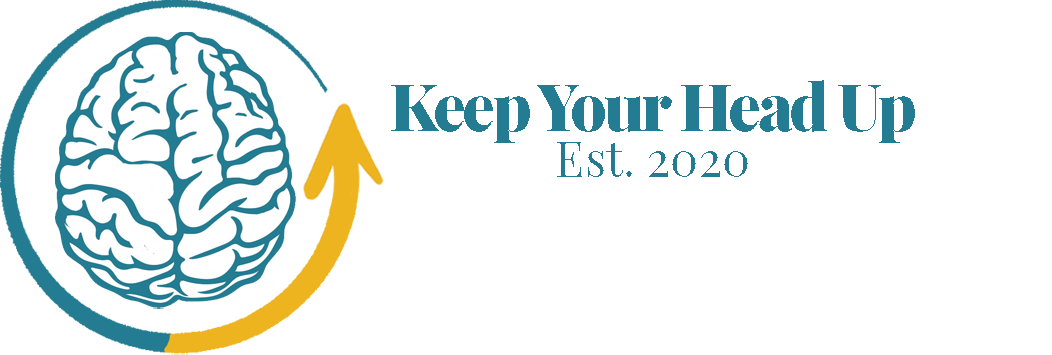Providing Essential Education and Psychosocial Support for Individuals Living with Brain Injury in the Community.
Traumatic brain injury (TBI) is a common neurological condition that affects many people in Canada. In fact, statistics show that 456 people sustain a brain injury every day, or one person every 3 minutes. By 2031, TBI is expected to have the same prevalence as other neurological conditions, such as Alzheimer's dementia and epilepsy. Research conducted in recent decades has shown that brain trauma can seriously affect a person's life. It can lead to mental health problems, social isolation, and decreased quality of life and satisfaction. Studies conducted worldwide have highlighted this issue and explored ways to solve it. A recent study in the United States and England found that people with brain injury often feel lonely and have fewer social connections. These consequences can have a long-term effect on their quality of life, as social connections are an essential source of support in the years following the injury. To address this issue, it is crucial to focus on education and psychosocial support for people with brain injury. By reducing social isolation and improving the quality of life, the Keep Your Head Up community can support TBI recovery through offering a community-based platform offering education, empowerment, and social connection.
If you or someone you know has experienced TBI, it is important to know that rehabilitation programs should include education sessions. These sessions can help you understand what is happening in your body and what to expect during your recovery. They can also provide valuable information from healthcare professionals on what to expect and when you should seek medical attention. It is essential that people with TBI have access to educational community services to help them establish professional relationships during their recovery. These relationships can provide ongoing support and guidance, especially when facing stigma or other related issues. Unfortunately, many people with TBI do not have access to sufficient community services after being discharged from the hospital. This situation can leave them without proper safety management and support. That is why educational community services and the Keep Your Head Up community is one of them, are crucial for positive outcomes and better quality of life in the post-traumatic period for the person with TBI and the community.
After experiencing a brain injury, individuals may face many obstacles in their relationships and social lives. Loneliness is a common feeling that many people with brain injuries struggle to overcome. Recent data shows that depression is more common among people with brain injuries who have been depressed for 6 to 12 months after the injury. During this period, it can be challenging to maintain personal relationships, cope with the fear of job loss, and participate in social life after the trauma. Research has shown prolonged loneliness can be as harmful as smoking or obesity. Participating in services designed specifically for people with traumatic brain injuries can provide:
A safe therapeutic environment for improving social skills
Leading to stronger social bonds
Increased understanding of the post-traumatic processes
Improved self-esteem
Working with these services gives individuals a more positive outlook on their future without fear.
Community services for people with brain injuries provide significant benefits through therapeutic interventions. Many resources emphasize that education and psychosocial services can significantly benefit those with brain injuries and provide a robust support system. Unfortunately, after being discharged from the hospital or receiving initial aid, people with brain injuries are often left to manage on their own. Thankfully, community brain injury services exist to effectively manage and support people with TBI during this challenging time. With ongoing medical and neurological science research, more information is continually emerging to improve the management of this specific injury. By working with these services, individuals with brain injuries can receive the help they need to navigate this difficult period and build a strong community of support around them.
References:
Brain injury Canada. (2022). Statistics on brain injury. Retrieved from: https://braininjurycanada.ca/en/statistics/
Gomez-Hernandez, R., Max, J. E., Kosier, T., Paradiso, S., & Robinson, R. G. (1997). Social impairment and depression after traumatic brain injury. Archives of Physical Medicine andRehabilitation,78(12), 1321–1326. https://doi.org/10.1016/S0003-9993(97)90304-X
Hahm, S.C., Koo, M.J., Kim, S.H., Ho, S.H., Kim, D.A. (2018). Perspective on hospital and community-liked education program for community reintegration in patients with stroke and traumatic brain injury. Annals of Physical and Rehabilitation Medicine journal, 61, pp.507-508. https://doi.org/10.1016/j.rehab.2018.05.1182
Kumar, R. G., Ornstein, K. A., Bollens-Lund, E., Watson, E. M., Ankuda, C. K., Kelley, A. S., & Dams-O’Connor, K. (2020). Lifetime history of traumatic brain injury is associated with increased loneliness in adults: A US nationally representative study. International Journal of GeriatricPsychiatry,35(5), 553–563. https://doi.org/10.1002/gps.5271.

